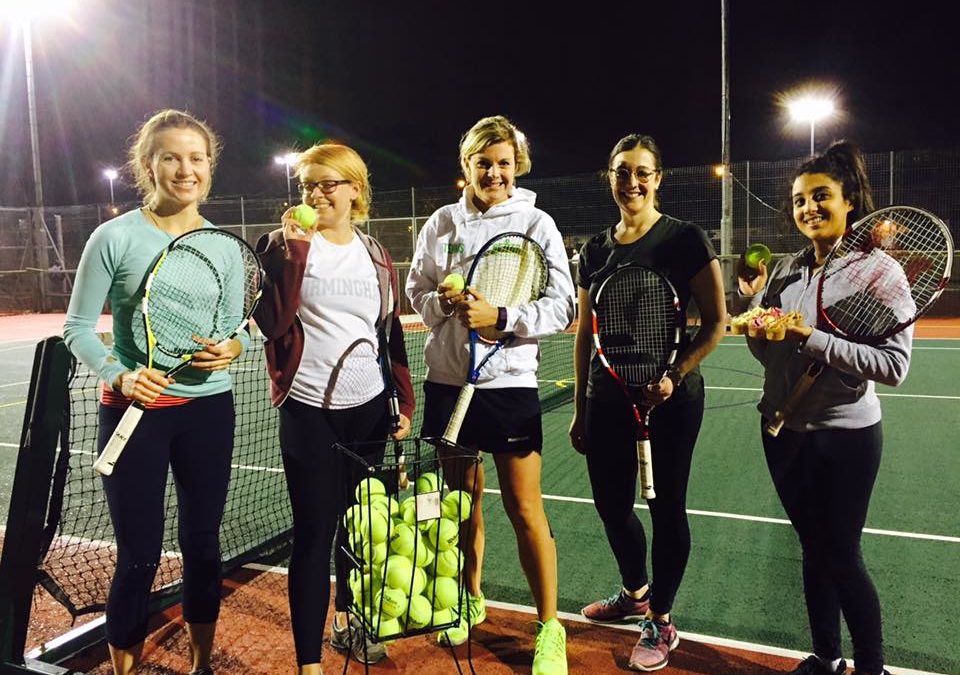Tennis is an individual sport, but that does not mean coaches will never encounter large groups of students. In these situations, how are coaches able to keep each and every athlete engaged? According to Emma Wells, it’s about tailoring your coaching techniques to meet the needs of the group.
Wells boasts a wealth of experience both on the court and on the business side of tennis coaching. Currently, she works in both Denmark and London, helping other coaches to develop their skills within the profession, while also coaching on court with both individuals and large groups.
After playing as a child, Wells returned to tennis in a coaching role. She dabbled in a few different sports, but ultimately chose to return to her tennis roots. “I like tennis because it’s individualized and you have to work out how to get the best out of somebody,” said Wells. “It’s working out the personality before working out the program for them. Also the variety of kids, adults, different types of personalities – I think it’s just a lot more interesting than other sports. There are a lot more challenges to it as well.”
The challenges are what drove Wells to pursue a career in tennis coaching. She is invested in understanding her athletes and figuring out what their goals for each session are, so that she can properly apply her coaching style to fit the needs of each specific player.
These challenges become even greater when working with large groups, which is a task Wells often tackles in her role. So how is she able to tailor a session to each athlete when there are so many unique personalities and goals within a group?
“In a session where you have big groups, you have to test the water with different activities,” explained Wells. “For example, you could do a warmup that is more partner based so you can see how they interact on a one-to-one basis. Then you can do team-based activities to see how they react in a team environment. I always make sure I roll through the different levels to see how kids react to each other and to different environments. Once you do that, you can make the environment right from there.”
“Everybody is different, but everybody has to get something out of the session. It’s not about the content, it’s that some kids like to do one-to-one, some kids like the team ethos. As long as you find something that’s engaging for every kid in the session, they’re going to respond and come back,” said Wells.
One of the other major challenges to working with large groups is adjusting the activities to the varying ability levels. “With every activity, you should have a regression and a progression,” said Wells. “That’s why I always make sure I have three layers within my activities, so everyone is still being pushed but doing relatively the same thing. Always condition it to what they can do and challenge them.”
Wells takes a somewhat unconventional approach to her group lessons, implementing drills and activities from other sports like football, basketball, and hockey. “Tennis can be very specific, very drill oriented when actually we need to engage the group first. I pull drills from other sports and utilize them on a tennis court. Then we’re able to get into the session and relax more from there,” she said.
Above all, Wells believes that the key to working with large groups is creating a positive, team-oriented environment. “I think we forget that tennis is a team sport even though it’s one against one. The majority of kids want to feel part of a team. Always start and close with a team activity and have enough content to go by,” she urged.
As the sport continues to grow, groups will become all the more prevalent and it is critical that coaches adapt. With tips from well-versed individuals like Wells, tennis will be able to evolve with the ever-changing landscape of sport.

